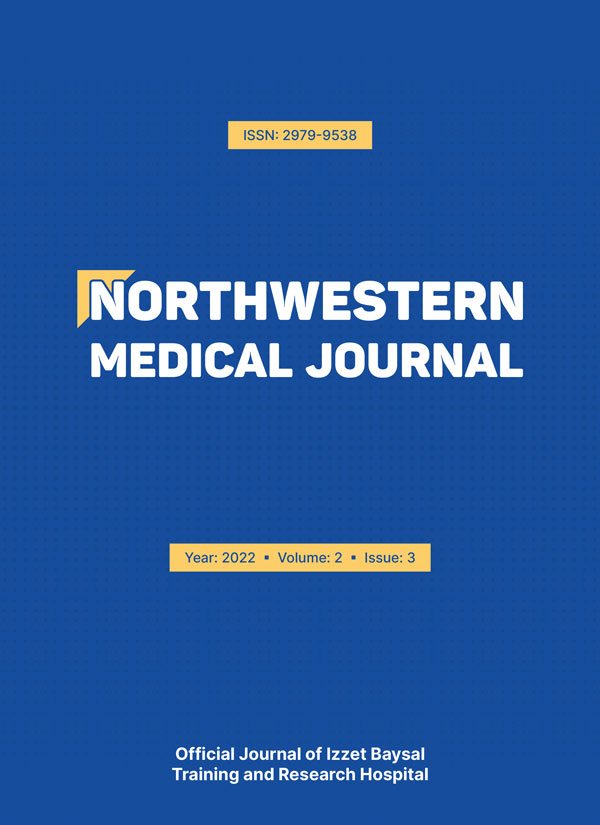Abstract
Aim: Low-grade inflammation is known to facilitate the development of hypertensive organ damage. This study aimed to investigate the relationship between the leukocyte and lipid-based inflammation indices and asymptomatic organ damage (AOD) in treatment-naive and newly diagnosed hypertension patients (TNNDH).
Methods: The study included 200 patients with TNNDH who are treating by the Cardiology Clinic and 100 healthy controls. Left venriculer mass index (LVMI) of >95 g/m2 in women and >115 g/m2 in men, and carotis intima media thickness (CIMT) of >0.9 mm or presence of plaque in the carotid artery and microalbuminuria of >30 mg/day were evaluated as AOD indicators. Platelet to lymphocyte ratio (PLR), neutrophil to lymphocyte ratio (NLR), systemic immune-inflammation index (SII), monocyte to HDL ratio (MHR), and atherogenic index of plasma (AIP) levels were calculated based on the complete blood count.
Results: Positive correlations were found between all inflammation indices and AOD indicators. AOD was detected in 66.7% of the TNNDH patients. The mean PLR (143.0±37.9 vs. 138.0±36.2; p<0.05), mean NLR (2.1±0.5 vs. 1.8±0.5; p<0.05), mean SII (608.5±125.6 vs. 462.9±60.7; p<0.05) and mean AIP (0.7±0.2 vs. 0.5±0.2; p<0.05) levels were higher in the AOD group. Increasing SII and AIP levels were independent predictors of AOD. SII had superior diagnostic discrimination compared to other leukocyte and lipid-based inflammatory indices in predicting AOD (AUC=0.872; p<0.001).
Conclusion: High SII and API levels are independent predictors of AOD. However, SII exhibits superior diagnostic performance in discrimination of AOD. SII can be a useful screening tool in detecting AOD in HDTND patients.
Keywords: Atherosclerosis, end organ damage, hypertension, inflammation index
Copyright and license
Copyright © 2022 The Author(s). This is an open-access article published by Bolu İzzet Baysal Training and Research Hospital under the terms of the Creative Commons Attribution License (CC BY) which permits unrestricted use, distribution, and reproduction in any medium or format, provided the original work is properly cited.











